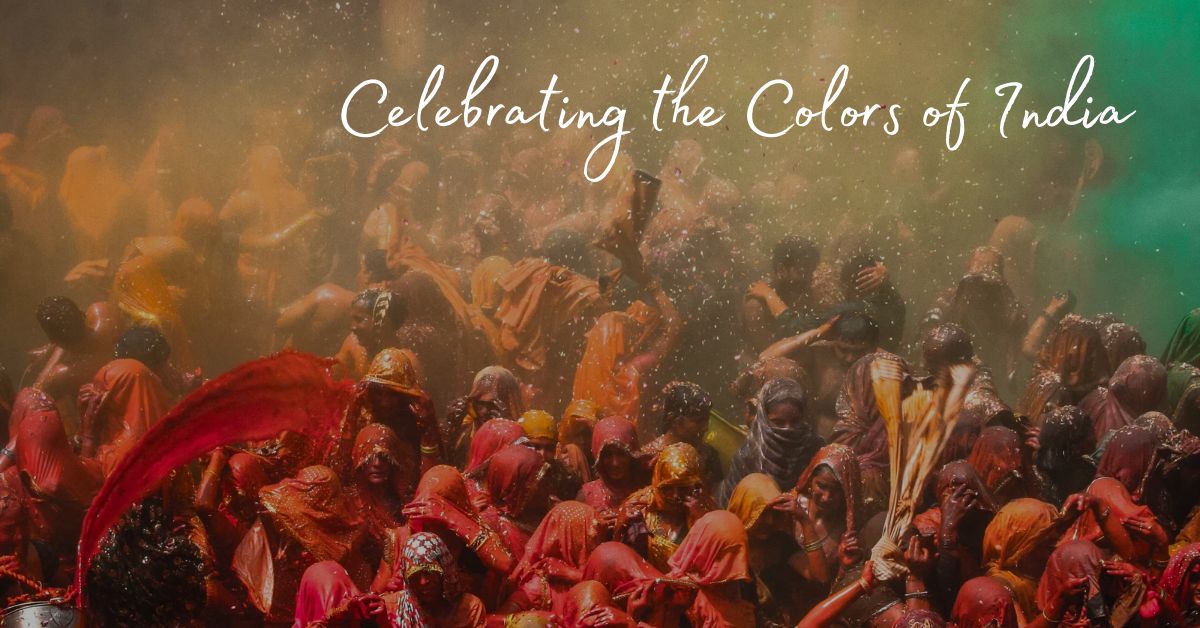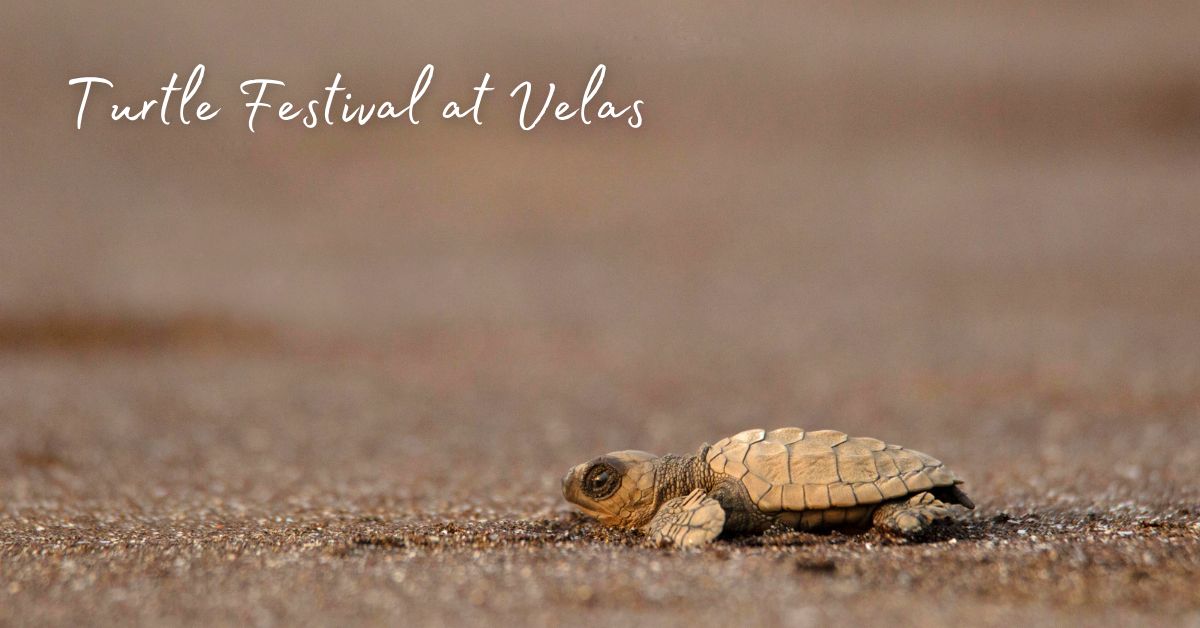Festival of Colors: Celebrating The Magic of Holi
Holi is a vibrant and colorful festival celebrated all over India with great zeal and enthusiasm. People celebrate this festival of colors by smearing colored powders on each other, dancing, singing, and feasting delicious food. The festival has different meanings and significance in various parts of the country, and each region has its unique way of celebrating the festival. In this post, we will explore the why, what, and how of Holi – the mythological stories, the celebrations in different parts of India, the unique customs, and the delicious cuisine that accompanies the festivities.
The Legend of Holika Dahan
There was a demon king named Hiranyakashipu who had received a boon from Lord Brahma. The boon made him virtually invincible, and he thought he had become god-like. As a result, he ordered everyone in his kingdom to worship him instead of the gods. However, his own son Prahlad, who was a devotee of Lord Vishnu, refused to obey his father’s orders.
Hiranyakashipu was infuriated by his son’s disobedience and decided to kill him. He tried to kill Prahlad in various ways, but every time Lord Vishnu saved him. Finally, Hiranyakashipu sought the help of his sister Holika, who had a boon that made her immune to fire. He asked Holika to sit in a fire with Prahlad on her lap, thinking that Prahlad would be burned to death while she remained unharmed.
However, Lord Vishnu intervened once again and made sure that Holika’s boon was no longer effective. As a result, she burned to death in the fire while Prahlad emerged unscathed. This event marked the victory of good over evil and became known as Holika Dahan.
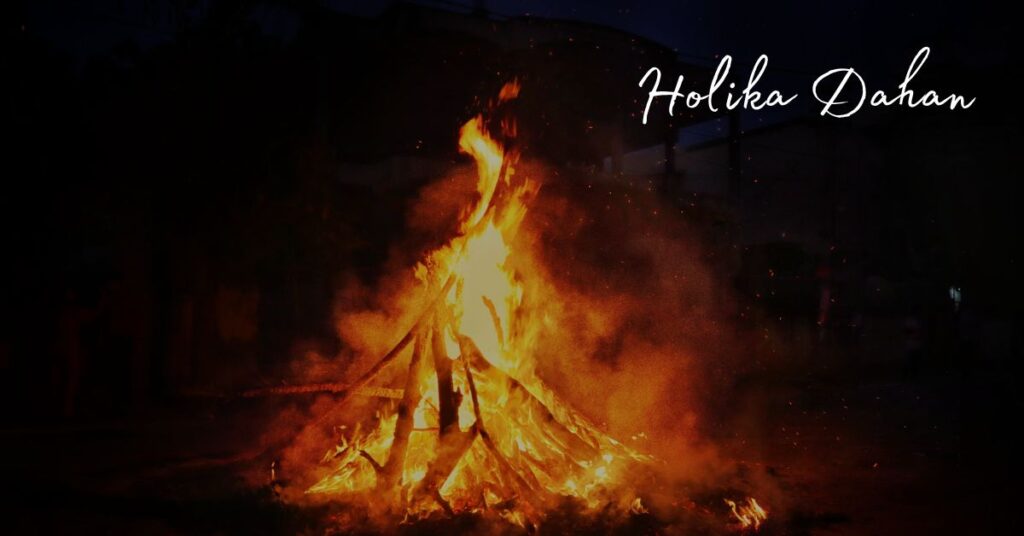
Holika Dahan
Today, Holika Dahan is celebrated by lighting bonfires and burning the effigies of Holika to symbolize the triumph of good over evil. People gather around the fire to sing and dance, and the atmosphere is filled with joy and excitement. Holika Dahan is an important part of the Holi celebrations and serves as a reminder of the triumph of good over evil.
The tradition of celebrating the festival of colors
There are many mythological stories associated with the play of colors on Holi, the most popular one being that of Lord Krishna and Radha.
Lord Krishna was jealous of Radha’s fair complexion and complained to his mother Yashoda about it.
यशोमती मैया से बोले नंदलाला
राधा क्यों गोरी में क्यों काला…
Yashoda, in turn, advised him to apply color to Radha’s face to change her complexion. Krishna followed his mother’s advice and playfully smeared Radha’s face with color. This playful act of coloring Radha’s face soon became a tradition and spread throughout the country, becoming a part of the Holi festival.
According to another legend, Lord Shiva was in a deep state of meditation when the mischievous god of love, Kamadeva, decided to disturb his meditation by shooting an arrow of love at him. Enraged Lord Shiva turned Kamadeva into ashes with his third eye. However, Parvati, who witnessed this event, was upset and decided to playfully apply color to Lord Shiva to calm him down.
Over time, the tradition of playing with colors on Holi became more widespread and evolved into a joyous celebration of love, friendship, and the arrival of spring. Today, people of all ages and backgrounds come together to celebrate the festival of colors by throwing colored powder and water at each other. The festival is a time to forget old grudges, forgive and forget, and celebrate life with friends and family.
The Festival of colors Celebrations in various parts of India
North India:
North India is known for its grand celebrations of the festival of colors, with people starting the festivities a week before the main day. The celebrations begin with ‘Holika Dahan’ where people light bonfires to symbolize the victory of good over evil.
On the day of Holi, people smear colored powder on each other, dance to traditional music, and enjoy delicious food. The cuisine in North India is rich and flavorful, with dishes like puri, aloo bhaji, samosas, dahi bhalla, and gujiyas being popular during the festival.
South India:
In South India, Holi is celebrated as ‘Kama Dahana’ or the burning of the god of love’s effigy. People also worship Lord Vishnu and prepare special sweets like ‘holige‘ and ‘ladoo.’ The cuisine in South India is mostly vegetarian, and dishes like dosas, idlis, vadas, and sambar are popular during the festival.
West India:
In West India, Holi is celebrated with a lot of enthusiasm and excitement, with people splashing colors and dancing to dhol beats.
The cuisine in West India is spicy and tangy, with dishes like puran poli, thandai, and gujarati kadhi being popular during the festival.
East India:
In East India, Holi is celebrated as ‘Dol Purnima’ and is a time to celebrate love and unity. People throw colored powder and water on each other, sing and dance to traditional songs, and enjoy delicious food.
The cuisine in East India is rich and flavorful, with dishes like ‘luchi,’ ‘aloor dom,’ and ‘cholar dal‘ being popular during the festival.
Festival of Colors in Various Parts of India
Along with the traditional rituals like smearing colored powder on each other, dancing, and feasting, the festival of colors also has some unique customs that make it even more special. Here are some of the unique customs of Holi:
Lathmar Holi:

Lathmar Holi
In the city of Barsana in Uttar Pradesh, women beat up men with sticks in a unique custom known as Lathmar Holi. Legend has it that Lord Krishna visited Barsana and teased Radha and her friends, who chased him away with sticks. The tradition has continued, and now men from the neighboring town of Nandgaon come to Barsana to be beaten by the women. They come prepared with dhals (or shields) to protect themselves. However, if they are caught, they have to dress like women and dance on the streets.
Phoolon ki Holi:

Phoolon Ki Holi
In the town of Vrindavan, people celebrate Holi by throwing flowers instead of colored powder. The tradition is known as Phoolon ki Holi and is a beautiful and colorful sight to behold.
Basant Utsav:
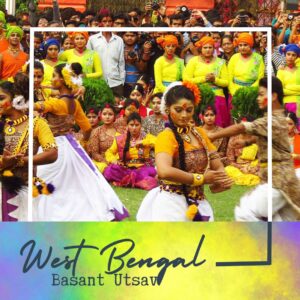
Basant Utsav
Started in Bengal by Rabindranath Tagore at Shantiniketan, this tradition literally means the ‘celebration of the spring’. On this day, teachers and students greet each other with abir – a traditional name given to the colored powders used for Hindu festivals.
The Royal Holi:
Holi at Udaipur is an event to witness. The Holika Dahan takes place on the grounds of the City Palace and is graced by the ruling Mewar King and his family who light the Holi pyre while the locals perform the Gair – a local dance around the fire.
Dhulivandan:

Dhulivandan
It is believed that Lord Shiva turned Kamadeva into ashes. To commemorate this event traditionally in Maharashtra Holi is celebrated by playing with soil or ash (that remains from the Holika Dahan). The festival of colors is actually celebrated 5 days later as Rangapanchami.
Holi with turmeric:
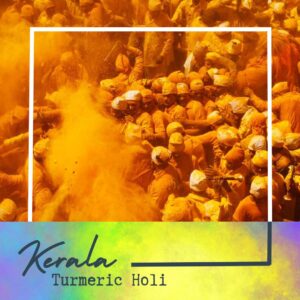
Turmeric Holi
In Kerala, people on the first day visit the Gosripuram Thiruma’s Konkani Temple and on the next day celebrate Holi by applying turmeric powder instead of colored powder. Turmeric is believed to have medicinal properties and is used to purify the body and ward off evil.
Hola Mohalla:

Hola Mohalla
In the city of Anandpur Sahib in Punjab, Holi is celebrated as Hola Mohalla. It is a three-day festival of colors that includes martial arts demonstrations, mock battles, and poetry recitals.
Khadi Holi:
In the Kumaon region of Uttarakhand, the locals dress up traditionally to sing and dance around the city to folk tunes in small groups (also called tolis). While people do greet each other by smearing colors, Holi here is usually a musical gathering known as Baithaka Holi, Khadi Holi, or Mahila Holi.
festival of colors Food from various parts of India
Apart from the traditional rituals and customs, the festival is also known for its delicious and unique food. Each region has its own specialty dishes that are prepared during the festival of colors. Here are some of the unique foods of Holi in various places in India:
Puran Poli (West India):
Puran Poli, a sweet flatbread with a sweet lentil filling, enjoys popularity in Maharashtra and Gujarat. People make it during Holi, and it serves as a traditional festive food.
Gujiya (North India):

Gujiya is a sweet dumpling filled with sweetened khoya, dried fruits, and nuts. It is a popular Holi sweet in North India and is often served with thandai.
Thandai (North India):
Thandai, a cold milk-based drink, features flavors from nuts, saffron, cardamom, and rose petals. Popular during Holi in North India, people often mix it with bhang, a cannabis-infused drink.

Bhang pakora (North India):

People make Bhang pakora, a deep-fried snack, by dipping bhang leaves in a spicy chickpea batter and frying them until crispy. This popular Holi snack in North India is often enjoyed with thandai.
Dahi Bhalla (North India):

Dahi Bhalla, a savory snack, involves deep-frying lentil dumplings and soaking them in a spiced yogurt mixture. This popular Holi snack in North India is often accompanied by tamarind chutney.
Malpua (East India):

Malpua, a sweet pancake, consists of flour, semolina, and milk, and is deep-fried until crispy. As a popular Holi sweet in East India, it is often enjoyed with rabri.
Ghugni (East India):

Ghugni, a spicy curry, combines dried white peas and a mix of spices. As a popular Holi dish in East India, people often serve it with puffed rice or puri.
Also read, 9 delicious food items to lit up your Holi party
The Significance of Bhang
Bhang, also known as cannabis, has a significant role in the celebration of the festival of colors in some parts of India. During Holi, people consume Bhang as a drink or food item, and its consumption is regarded as an integral part of the festival’s festivities. Here are some of the reasons why Bhang is significant on Holi:
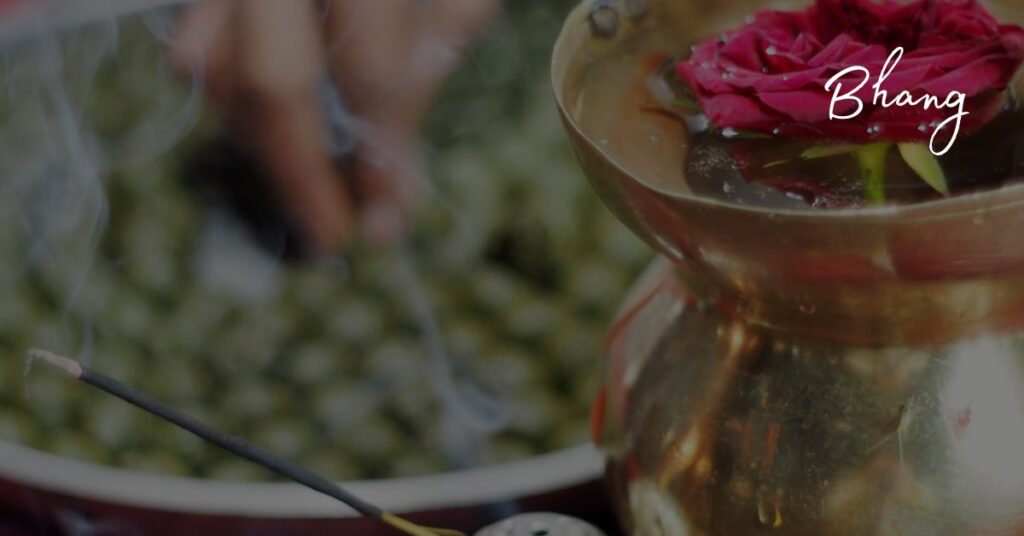
Religious significance:
le have used Bhang for centuries as a component of religious practices. Lord Shiva employed Bhang to reach a transcendent state. Therefore, during Holi, consuming Bhang helps individuals connect with the divine and obtain blessings.
Social significance:
Holi is a festival of social harmony and togetherness. The consumption of Bhang helps to break down social barriers and bring people together. It also helps people shed their inhibitions and open up to new experiences.
Medicinal significance:
For ages, Ayurvedic medicine has used marijuana for its therapeutic qualities. It possesses anti-inflammatory and pain-relieving effects and can help with digestive issues. Consequently, people think that ingesting Bhang during Holi aids in body purification and wellness.
It is important to remember that the Indian government regulates the sale and use of bhang, and engaging in either without a permit is illegal. One should only consume Bhang in moderation, as excessive use can harm one’s health.
Holi is deeply rooted in Indian culture and offers something to everyone. Whether it is the colorful customs, delicious food, or the significance of Bhang, Holi is a festival that brings people together and spreads joy and happiness. It is a celebration of life, love, and the arrival of spring, and is a truly unforgettable experience.
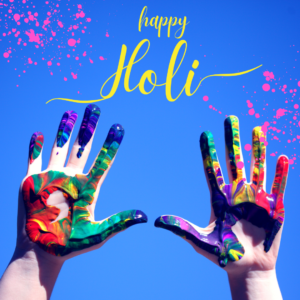
Happy Holi
May the colors of Holi fill your life with joy, and may you create unforgettable memories with your loved ones. Let’s come together and celebrate the triumph of good over evil, and spread the message of love and peace. Wishing you a colorful and blessed Holi!
Celebrate the other festivals with me here!



